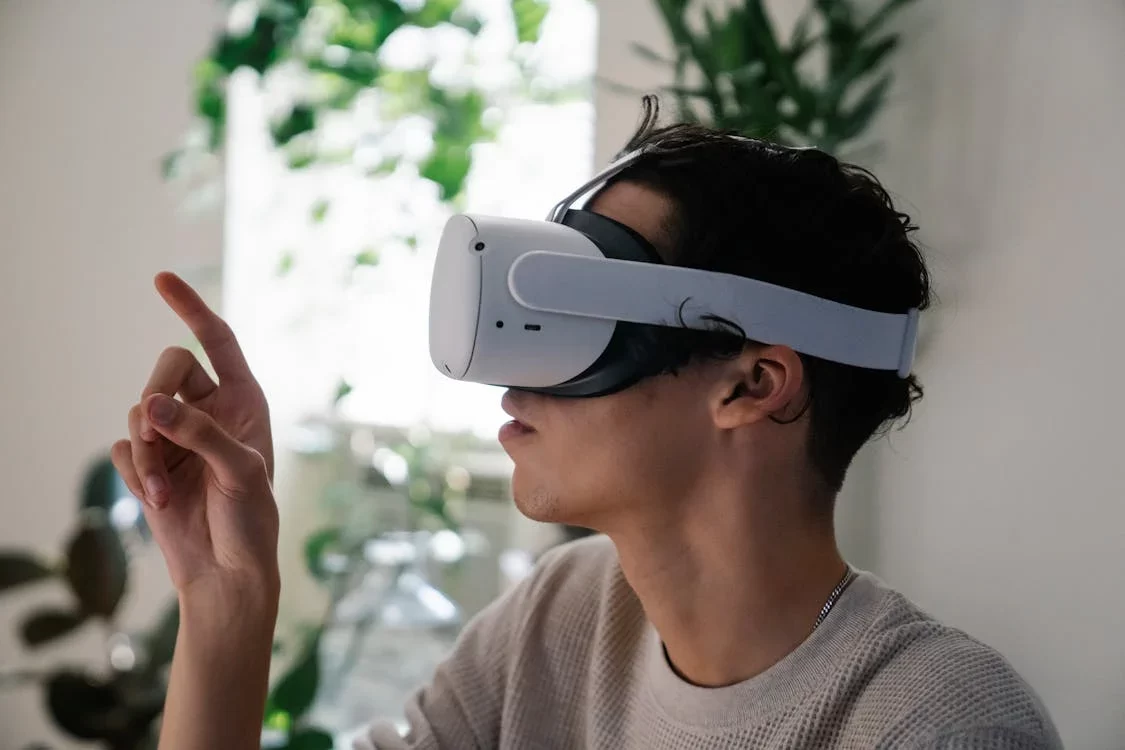As technology has evolved, there have been experiments with it and its application to medical and mental health. For example, there has been great progress in the treatment of phobias and PTSD. It seems no surprise that strains on dentists tend to come from people who aren’t looking to visit their healthcare professional due to anxiety getting the best of them; this is where AR and virtual reality come in. This tool has transformative potential, among many others, to completely transform dental practice, from waiting lists to the overall experience.
So let’s dive into why virtual reality therapy (VRT) could be the key to revolutionising the dental experience.
How Serious Is Dental Anxiety?
A huge strain in the public and private dentistry sectors comes from a lack of preventative dentistry, not much general dentistry and just overall neglect by patients. This neglects all routes from anxiety, which might have formed at a young age or hearing other people’s horror stories so this can deter people from going, making the overall situation worse for them. Whether fillings get larger or gums become increasingly sore, some people, leave these issues so long until it’s a forced situation, and then dentists are left with a patient who needs multiple treatments rather than just one if they came in sooner. This can not only put a strain on resources but can further amplify the patient’s original anxiety and fear of coming back to the dentist.
If this explanation doesn’t seem to resonate with you, maybe the facts are better. In the US, approximately 80% of the population is estimated to experience some level of anxiety before and during a dental procedure. The common fear might be pain, but it also raises questions such as how much will this cost and will I need more done after this? The same goes for leading cosmetic dentistry in Leeds or Manchester, as you are spending a lot of money on important facial features, so you want to be happy with the results but you won’t know until it’s done. It’s common for things to go wrong or other problems to be found while undergoing surgery or general checkups so it’s not surprising how high this percentage actually is.
How Does Pain Work?
Pain is a hugely complex subject and it is something that affects everyone differently – no two people have the same perception of pain. It can be easy to think of pain as a simple phenomenon, in that it is a signal which travels from the place of injury to the brain. But it is a subjective experience, with some having more tolerance for pain and discomfort than others.
It is possible to manipulate people’s perception of pain, which is what virtual reality is setting out to do. It is possible to put people into certain states of mind before experiencing pain, which can help reduce or eliminate their perception of it.
It has been found in a lot of studies that the perception of pain is something that also heavily relies on visual and contextual factors, such as a visit to the dentist. Patients will feel anxious or anticipate pain before anything happens – for some patients, simply sitting in the waiting room can be too much as they are already anticipating pain, which might not even occur. The body can trick you into thinking things that aren’t real or that aren’t really happening and fear and anxiety can both heighten the intensity of pain.
How Will Virtual Reality Therapy Help With Anxiety?
Based on research and its great success in disorders such as PTSD and phobias, AI is looking really promising in the dental field to alleviate some anxieties associated with these dental procedures and general checkups. But let’s get down to the specifics of how. Virtual reality has been found to reduce levels of anxiety, as well as pain effectively.
One specific type of VR headset being trialled in dental practices has been referred to as a “digital nitrous,” with its amazing effects on patients. With the headset, it looks to provide “drug-free” dental sedation using different calming scenes or adventures that can distract the patient from what is happening during their treatment and help to reduce their anxiety symptoms. Patients are encouraged to choose a scene which resonates with them or is relevant to them because this gives them a more perceived sense of control in a clinical setting where usually anxious patients feel out of control and uncomfortable as a result.
This headset is being trialled with several different treatments, such as routine dental checkups, tooth removal, fillings and root canals – common treatments that all bring with them different anxiety triggers or levels of intensity. This means that dentists can better gauge what treatments respond better to the VR headset being used.
